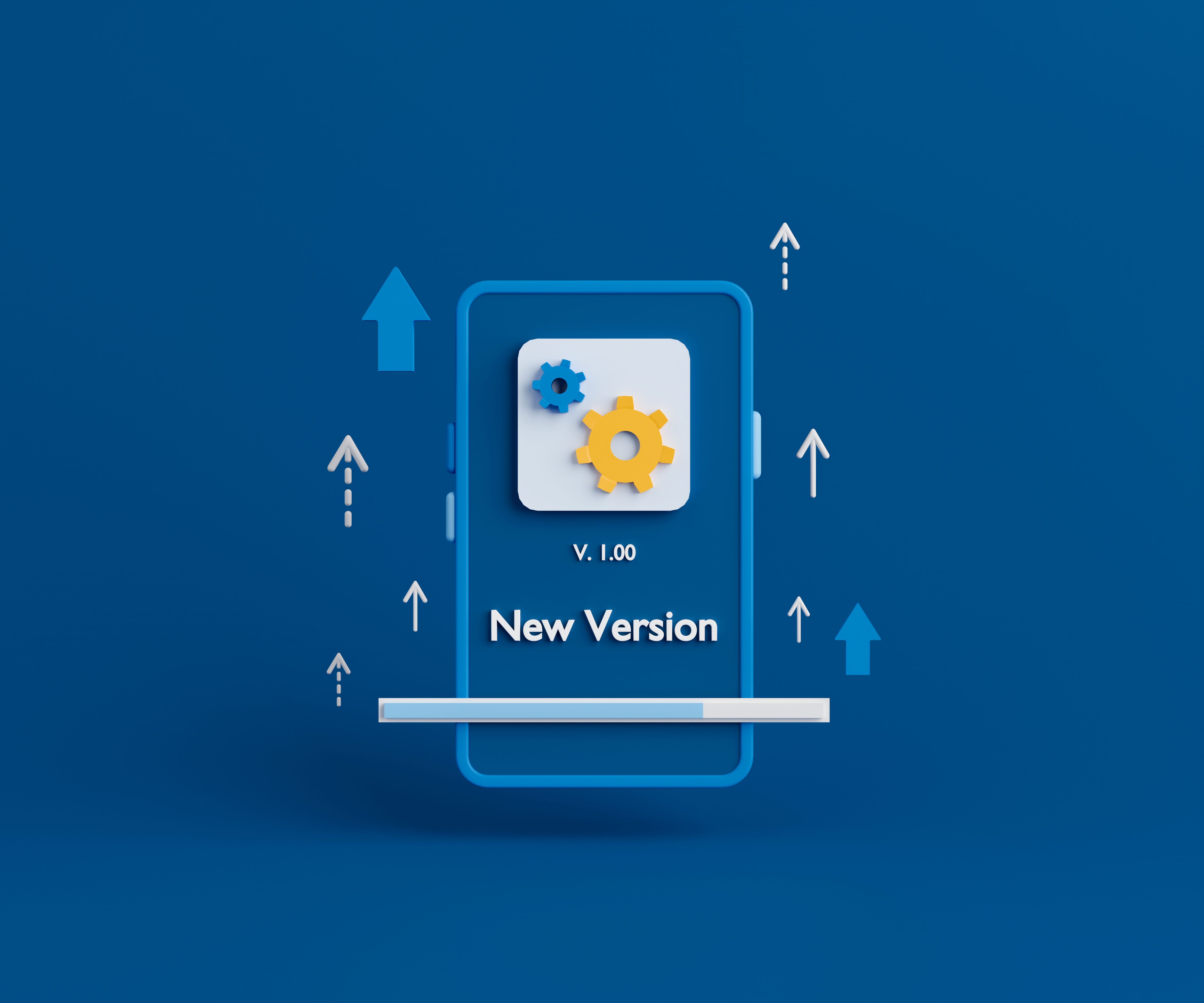Mobile Compatibility: Essential Tips for Website Optimization
Understanding the Importance of Mobile Compatibility
In today's digital age, mobile compatibility is no longer an option but a necessity. With more than half of global web traffic coming from mobile devices, ensuring your website is optimized for these users is crucial. A mobile-friendly website not only improves user experience but also boosts your search engine rankings. Prioritizing mobile compatibility can give your business a competitive edge in an increasingly mobile-first world.

Responsive Design: The Foundation of Mobile Optimization
A responsive design is fundamental to any mobile-friendly website. This approach ensures that your website adjusts seamlessly across various devices and screen sizes. By using flexible grids and layouts, responsive design creates a consistent user experience on smartphones, tablets, and desktops. Consider implementing a mobile-first design strategy, where the mobile version is prioritized during the design process, ensuring optimal performance on smaller screens.
Optimizing Page Load Speed
Page load speed is a critical factor in mobile optimization. Slow-loading pages lead to higher bounce rates and can negatively impact user satisfaction. To enhance load times, compress images and use efficient coding practices. Implementing browser caching and minimizing redirects are additional strategies to improve speed. Tools like Google's PageSpeed Insights can provide valuable insights into your website's performance and suggest areas for improvement.

Enhancing User Experience with Simplified Navigation
Simplified navigation is essential for mobile users who often interact with websites via touch screens. Ensure that menus are easy to locate and navigate, with clearly defined options that lead users to their desired destination with minimal effort. Utilizing a hamburger menu can save space and keep the interface clean. Remember, the goal is to make navigation intuitive and user-friendly.
Content Optimization for Mobile Devices
Content is king, but on mobile devices, how that content is presented is equally important. Use short paragraphs and bullet points to break up text and make it easier to read on smaller screens. Ensure that font sizes are legible without zooming, and avoid using pop-ups that can disrupt the user experience. Prioritize important information at the top of the page to grab users' attention quickly.

Testing and Continuous Improvement
Regular testing is crucial for maintaining mobile compatibility. Use tools like Google's Mobile-Friendly Test to assess your site's performance on mobile devices. Gather feedback from users and analyze data to identify potential issues. Continuous improvement should be an ongoing process, adapting to new technologies and user behaviors as they evolve.
Leveraging Accelerated Mobile Pages (AMP)
Accelerated Mobile Pages (AMP) is an open-source initiative aimed at improving the performance of web pages on mobile devices. Implementing AMP can significantly boost your site's load speed, providing users with a faster, more engaging experience. While not suitable for every website, AMP can be particularly beneficial for content-heavy sites looking to enhance their mobile presence.
Conclusion: Stay Ahead with Mobile Optimization
Mastering mobile compatibility involves a combination of design, speed optimization, content presentation, and continuous testing. By focusing on these areas, you can ensure that your website not only meets but exceeds the expectations of mobile users. Staying ahead in the digital landscape means continually adapting and refining your approach to deliver the best possible experience across all devices.